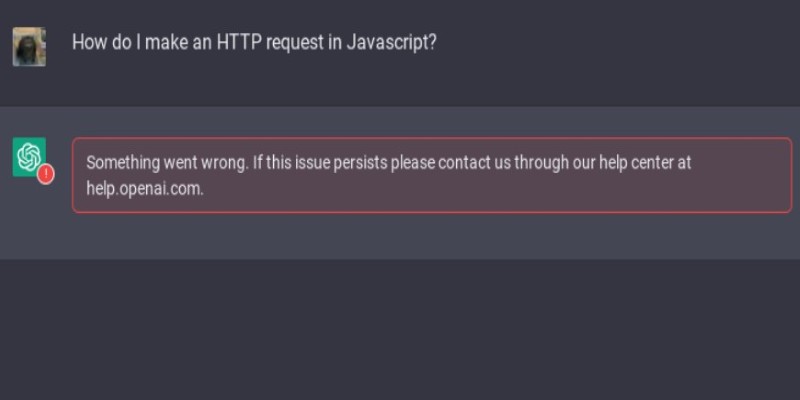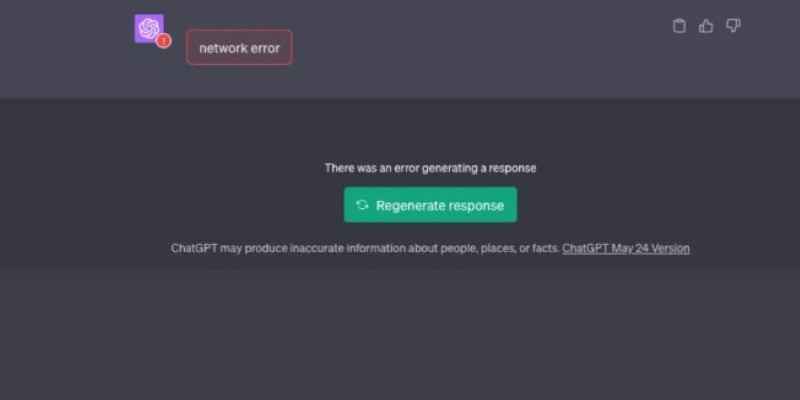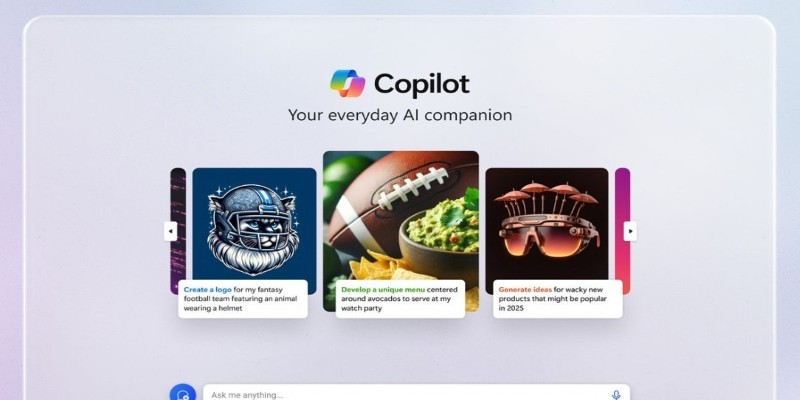Advertisement
ChatGPT can be incredibly useful. It writes essays, explains code, helps draft emails, summarizes long texts, and more. But like anything digital, it's not perfect. Users often run into issues that feel frustrating or confusing, especially when things work fine in one moment and then break down in the next. If you've ever stared at a blank screen waiting for a reply or gotten an answer that made no sense, you're not alone. Let's look at the most common ChatGPT errors—and how to fix them, without going in circles.
There are moments when the app just hangs. You type a prompt, press enter, and then… nothing. No spinning circle. No response. Just silence. This is usually one of two things: server overload or a network issue on your end.
Fixes:

This vague line pops up more than users would like. It’s not clear what “something” is, and the model doesn’t explain further.
Fixes:
Repetition is one of the more frustrating habits of the model. It might keep restating your question or repeat the same phrase several times across an answer.
Fixes:
ChatGPT starts a long reply, then suddenly stops mid-sentence. No error. Just a response that ends like this—
Fixes:
Sometimes you get an answer that’s technically related but doesn’t help. It might restate general knowledge or give you advice you didn’t ask for.
Fixes:
It's rare, but sometimes the model loops, answering with the same thing each time you rephrase your prompt, or it gives factual errors that sound convincing.
Fixes:
Sometimes the input box is active, but you don't get any reply. The app acts as if it's thinking, but it never answers.
Fixes:

This shows up when the response is so long that it fails to load. You often see this with code, essays, or multi-step explanations.
Fixes:
For users using the vision model, sometimes you try uploading an image, and it doesn't load, or ChatGPT refuses to respond to it.
Fixes:
Even with GPT-4, the knowledge has a cutoff. You may notice it refers to “recent events” that are actually a few years old.
Fixes:
ChatGPT is advanced, but not flawless. Knowing what to expect and how to respond when things go wrong can save time and keep frustration in check. These aren’t rare edge cases—they’re part of the normal use. Most of the time, the fixes are quick and don’t require technical skill—just a bit of adjustment. Next time the tool feels off, it may not be broken. It just needs a nudge.
Advertisement

How to generate and edit DALL·E 3 images step by step using the Copilot Image Creator. Discover how to turn text prompts into stunning visuals and make quick edits—all without design skills

Learn how to create effective charts using ggplot in Python. This guide covers syntax, setup, and examples for powerful data visualization using the plotnine library

Learn how artificial intelligence organizes random data, increases output, and drives efficiency throughout content management

Encountering errors in ChatGPT? Learn how to fix common issues like "not responding," "network errors," and more with these easy-to-follow solutions

Dive into the strengths and weaknesses of open-source AI models and what they mean for innovation.

Explore the most reliable data science platforms in 2025. From notebooks to automated modeling, find the best tools for data science across all skill levels

In daily life, inductive arguments transform ideas, guide behavior, and enable intelligent choices grounded on noticed trends

Looking for the best AI grammar checkers? This guide lists the top tools to improve clarity, fix errors, and make your writing sharper with ease

Find out the 10 unique ways to use advanced data visualization with Matplotlib to make your charts more engaging, clear, and insightful. From heatmaps to radar charts, learn how to go beyond basic graphs and explore deep-er patterns in your data

Explore machine learning use cases and business benefits from marketing to cybersecurity.

Discover a game-changer in AI tools: Autonomous AI service bots. resolve tickets, predict needs and personalize support.

Discover VR’s present and future: gaming, therapy, training and metaverse integration. VR trends for 2030.